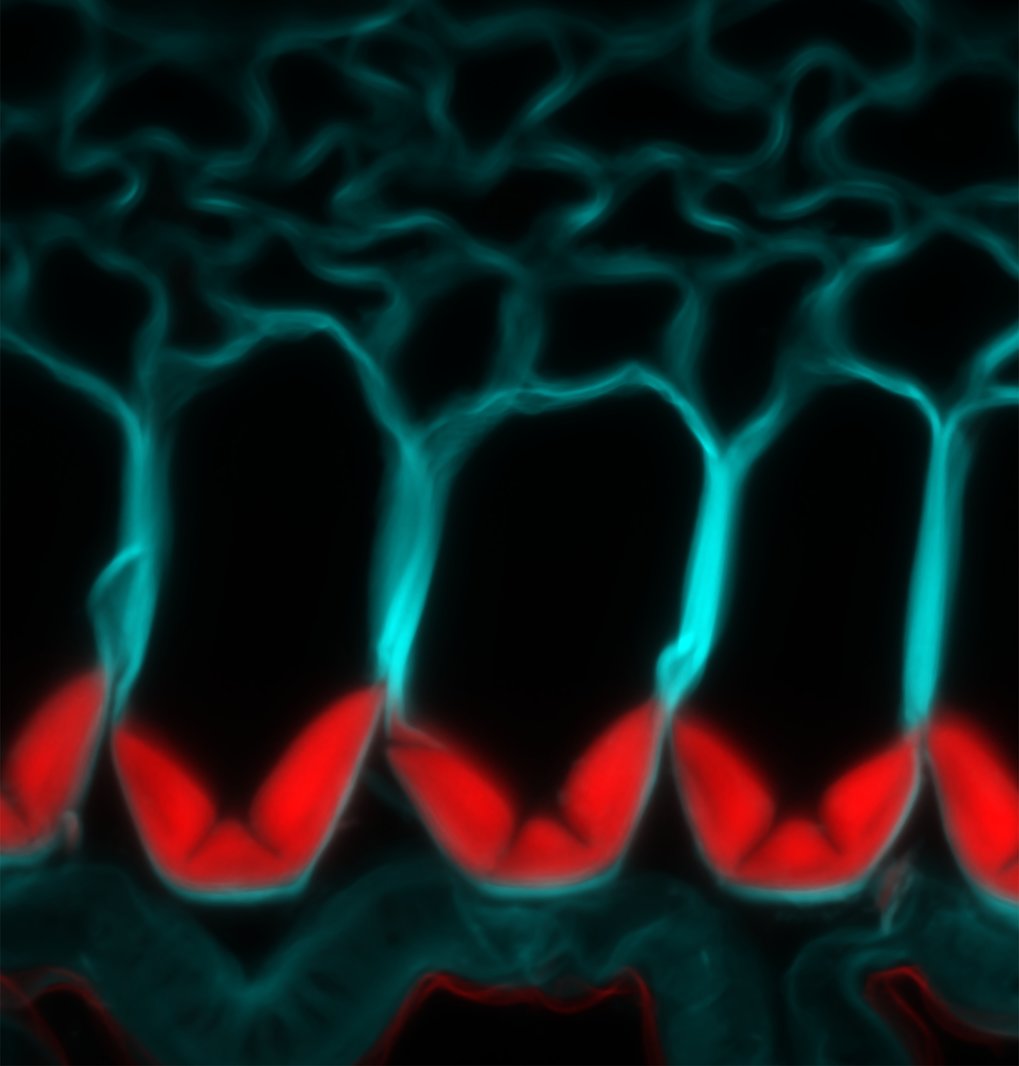Plants have evolved numerous strategies to spread their seeds widely. Some scatter their seeds to the wind, while others tempt animals and birds to eat their seed-filled fruits. And a few rare plants – such as the popping cress Cardamine hirsuta – have evolved exploding seed pods that propel their seeds in all directions. In their new study published in PNAS, Angela Hay and colleagues – from the Max Planck Institute for Plant Breeding Research in Cologne, Germany – investigate what genes control the mechanical structure of these exploding seed pods. Their findings show that a key micronutrient – copper – is essential for laying down a precise pattern of lignin in the seed pods. Lignin is an abundant plant polymer found in lignocellulose, the main structural material in plants. It is present in plant cells walls and is responsible for making wood stiff.
